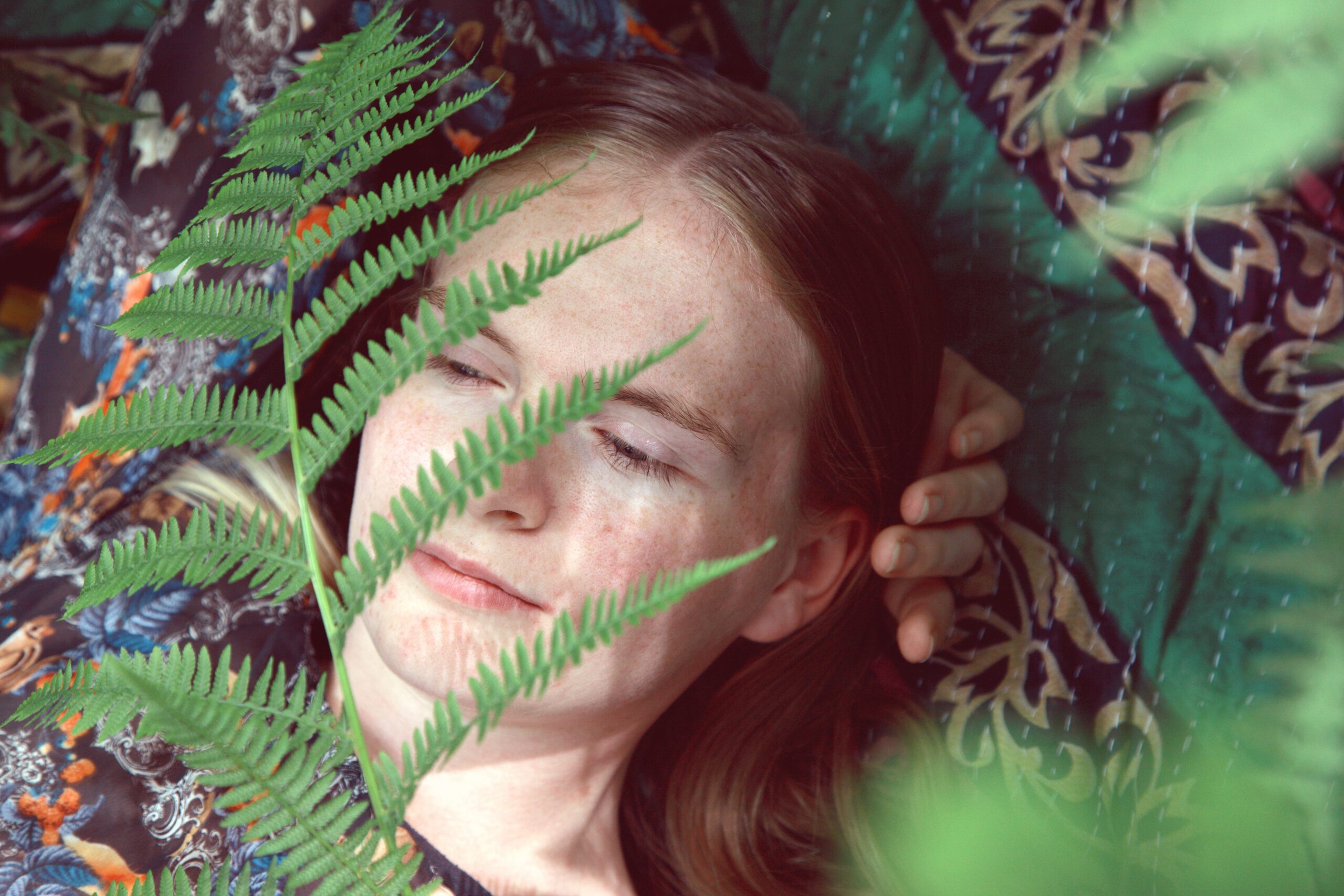
In previous posts on this blog, we introduced the stories of Daisy and Elijah, two of the young people participating in our project COVID-19 and Disadvantaged Young People’s Education and Employment Aspirations: A Longitudinal Study of Young People’s Transitions in Geelong. In this, the third and final blog post in this series, we want to explore what these stories provoke us to think about, in terms of the COVID-19 pandemic and the challenges for young people of ‘living well’ in the Anthropocene.
Introduction
The COVID-19 pandemic has had a profound impact on young people’s lives, and terms like “mental health” and “well-being” fall short in capturing their experiences. Through interviews with young individuals like Daisy and Elijah, it becomes clear that concepts such as uncertainty, anxiety, stress, connection and de-motivation are central to their narratives. These experiences shape their self-perception, aspirations, and the quest for a meaningful life. However, it is crucial to move beyond individual well-being and consider the broader socio-ecological context in which young people exist.
Daisy’s Story: The Importance of Connection and Well-being
Daisy’s experience during the lockdowns highlights the significance of human connection for well-being. The disruption of everyday interactions due to the pandemic illustrated the essential role that relationships play in young people’s lives. Daisy’s concerns extended beyond her own well-being, as she empathised with other young people facing similar challenges. The social, cultural, and economic divisions amplified by the pandemic emphasised the need for collective action and the importance of living well together.
Elijah’s Story: Disconnection and De-motivation
Elijah’s story reflects the challenges faced by many young people during the pandemic. The loss of social connections led to a sense of disconnection and a decline in motivation. The activities that used to contribute to his sense of well-being, such as maintaining relationships, lost their purpose in the absence of social interactions. Elijah’s narrative reveals that well-being is not explicitly mentioned but can be inferred through concepts like de-motivation and the desire to acquire skills.
Expanding the Concept of Well-being: Biocultural Creatures in Biocultural Habitats
To better understand young people’s well-being, it is necessary to move away from limited perspectives and consider them as biocultural creatures in biocultural habitats. This approach recognises the intricate entanglements between young people, their environment, and diverse others—both human and non-human. By including the social, cultural, political, economic and ecological factors that shape young people’s lives, a more holistic understanding of well-being can be achieved.
Rethinking the Anthropocene: Haraway’s Perspective
Donna Haraway’s concept of the ‘Chthulucene’ offers valuable insights for reimagining well-being in the Anthropocene. The term “Anthropocene” has faced criticism for focusing solely on humans and neglecting the underlying causes of global crises. Haraway’s Chthulucene shifts the focus to multispecies relationships and highlights the importance of making kin with diverse critters and the Earth itself. It urges us to tell geostories that foreground the interconnectedness of all elements and challenge human exceptionalism.
Gaia and Young People’s Lives
Gaia, as a complex systemic phenomenon, encompasses all living and non-living entities on Earth. Incorporating Gaia into our understanding of young people in the Anthropocene acknowledges their entanglements with multiple species and the challenges they face within an evolving planet. This perspective expands the scope of socio-ecological models by considering the more-than-human aspects of young people’s well-being. It invites us to tell stories that encompass power dynamics and the extractive nature of capitalism and techno-capitalism.
Conclusion
To understand young people’s ability to “live well” in the Anthropocene, it is essential to go beyond traditional notions of well-being. Their experiences are shaped by socio-ecological contexts and entanglements with diverse beings. By embracing the Chthulucene and Gaia narratives, we can tell stories that transcend human-centred perspectives and incorporate the more-than-human. This shift allows for a deeper understanding of young people’s well-being and opens new possibilities for fostering resilience and sustainable ways of living in the face of ongoing crises.
